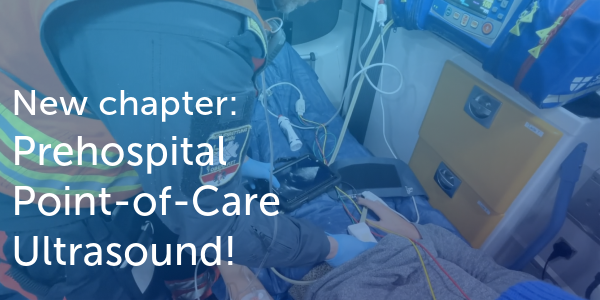3.4.4 Left atrial function
Filling of the left ventricle is accomplished via four major mechanisms: suction from the ventricle, descent of the mitral annular plane, pressure gradient between the left atrium and the left ventricle, and atrial contraction (active left atrial filling). Assessment of atrial function is still a "young" field in echocardiography. Several approaches and methods have been proposed. The simplest way of viewing atrial function is by looking at the mitral inflow Doppler signal. It provides information as to whether active contraction (sinus rhythm) is occurring, and also the degree to which atrial contraction contributes to filling.
A small A-wave means that atrial contraction contributes little to ventricular filling.
By measuring atrial volumes at various stages (maximal volume, minimal volume, and volume shortly before atrial contraction) it is possible to describe the function of the left atrium as well as the contribution of atrial contraction, left atrial reservoir function, and conduit function. This is best done by an automated tracking algorithm or three-dimensional techniques, which permit phasic evaluation of left atrial volumes.
Parameters of left atrial Function
Phasic Function Calculaton emptying volume vmax-vmin emptying fraction vmax-vmin/vmax LA Reservoir Function Phasic Function Calculaton passive emptying volume Vmax-Vpre A passive emptying fraction Vmax-Vpre A /vmax Conduit volume LV stroke volume-(vmax-vmin) LA Conduit Function Phasic Function Calculaton active emptying volume Vpre A active emptying fraction (Vpre A-vmin)/Vpre A LA Pump FunctionTissue Doppler and speckle tracking echocardiography have also been used to look at atrial function. However, all of these techniques are in a research stage. It is still unclear whether parameters of atrial function provide information in addition to left atrial size. We need to perform such evaluations routinely on patients, and see whether and how equipment based on automatic calculation will translate into clinical practice.
